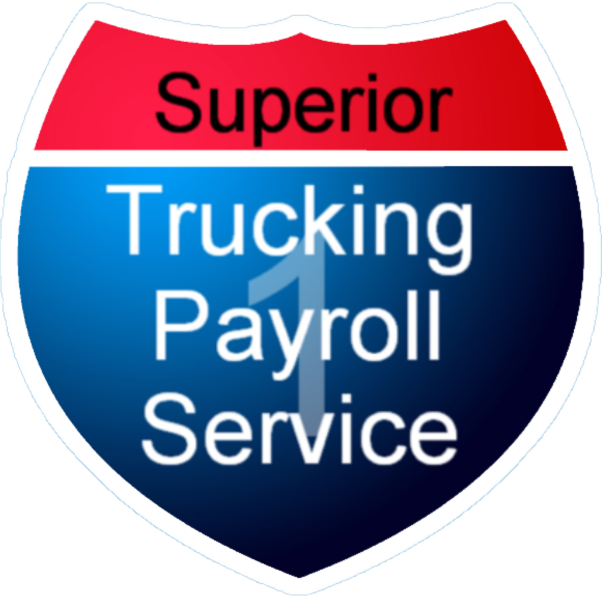5 tips for Protecting Your Pay Stubs from Identity Theft
Today, I attended a presentation on Identity Theft from our local business association. We were talking about ways that criminals will steal your information. As I was driving back to the office, I thought that some company’s paycheck stubs are filled with important information that would allow access to anyone if they were to steal the stub.
With that in mind, be sure that your paycheck stub does not have your full social security number on it. At the most, it should have something like xxx-xx-1234. Also, make sure that your bank accounts are not listed on the stub. Even if the routing number isn’t on it identity thieves can sometimes figure out the bank by the numbering convention.
Hopefully, your paycheck doesn’t have this information on it. If it does contact your payroll provider immediately to have it removed.
Any personal document is meant to be protected so that no information is leaked or misused. If you are getting pay stubs in the physical form, neatly arranging them in a folder and keeping that folder in a locked drawer is your best bet to protect personal information.
If receive your pay stub via email, you should manage the security settings on your account by manually setting up security-related questions and locks.
If you receive your pay stub via the postal service you should collect your mail daily without fail and keep on top of the general dates where the pay stub is mailed to you. This will allow you to take action immediately in case one doesn’t appear in the mail. Many thieves don’t even attempt the technological route, and often opt for the old-school method of physical stealing.
While you should keep a record of all the payment details and related documents it is okay to let the older ones go after a while. So if you want to free up space and protect your personal information in one go, shredding is the easiest manner to do so.
Digital identity theft is far more likely to take advantage of your credit card information and other account details. So, any expert would recommend looking at the credit report annually and ensuring that it matches up with your spending.
Reading about identity theft can be intimidating, but it’s important to understand the extent of damage it can cause in order to be well prepared for it.


